Revision Notes: Quit India Movement | History and Civics Class 10 ICSE PDF Download
Quit India Movement
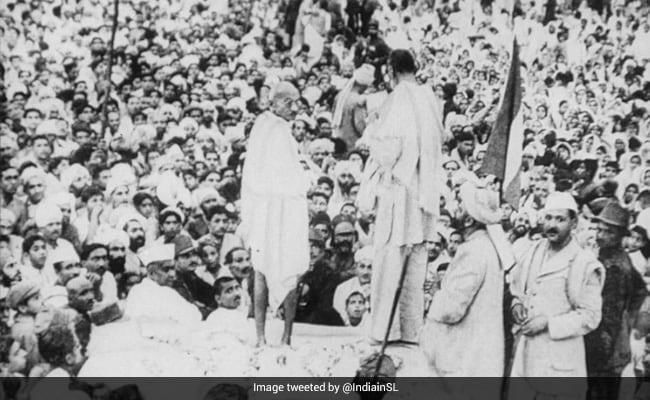
The Quit India Movement began in 1942. Here are the circumstances leading up to the movement:
Resignation of the Congress Ministries
- The Congress had formed ministries in several provinces: United Provinces, Central Provinces, Odisha, Bihar, Chennai, and Mumbai. Later, they also formed governments in Assam and Northwest Frontier Provinces.
- When the Second World War started in 1939, the government of India joined the war without consulting Congress leaders.
- Congress leaders questioned how an oppressed nation could assist others in a war. In protest against the government's decision to join the war and its refusal to grant India freedom, the Congress ministries resigned.
- The resignation of the ministries had several implications:
- The Viceroy was pleased because Congress had formed governments in many provinces.
- Non-Congress ministries in Punjab, Bengal, and Sind did not resign.
- The resignation was celebrated by the Muslim League as a "day of deliverance" and "thanksgiving."
- After the provincial elections of 1937, the Muslim League's attitude changed. It became friendlier towards the Indian government, believing that Muslims could not expect fair treatment under Congress rule.
- In 1940, the Muslim League passed a resolution demanding the creation of a separate state called "Pakistan," which would include Sind, Northwest Frontier Provinces, Punjab, Kashmir, and Baluchistan.
August Offer
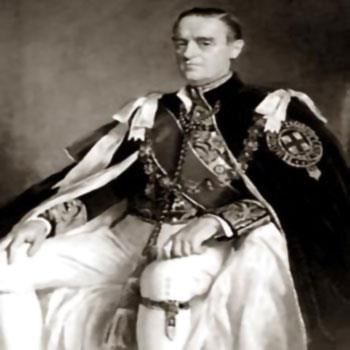
- In the British parliamentary elections of 1940, Winston Churchill became the Prime Minister of Britain. At this time, the Fall of France and the potential Nazi occupation of Britain softened the Congress's stance. On June 1, 1940, Gandhi stated, "We do not seek our independence out of the British ruin."
- Under international pressure, the British government made a new offer to the Congress known as the "August Offer" on August 8, 1940.
- The Congress rejected the offer because it granted too much constitutional independence to the minorities. The League also rejected the offer because it did not address the formation of a separate state for Pakistan.
Causes Leading to the Launch of the Quit India Movement
Cripps Mission
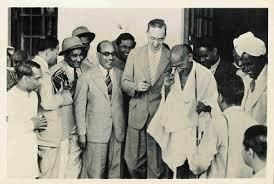
In response to the rapid advance of the Japanese army towards Indian borders during World War II, the British government sent Sir Stafford Cripps to India with the aim of garnering Indian support and breaking the political deadlock. The Cripps Mission proposed several constitutional reforms: Dominion Status for India : The proposal included granting Dominion Status to India after the war. Constituent Assembly : The mission suggested the setting up of a Constituent Assembly comprising members elected by the Lower House of the Indian Legislature, along with representatives of the Princely States nominated by their rulers. Federation Formation : It called for the formation of a federation comprising British India and the Indian states. Province Options : Provinces would have the option to join the Indian Union or to form their own Constitution, receiving the same status as the Indian Union. Minority Protection : The proposal included constitutional provisions to protect and safeguard racial and religious minorities. Defence Responsibilities : During the war, the Viceroy would be responsible for maintaining the country’s defenses, with the Indian government reorganizing its own defenses post-war.
Failure of the Cripps Mission
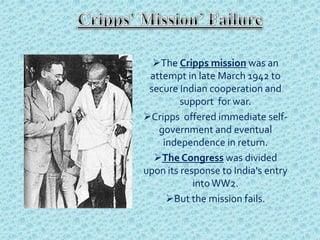
The Cripps Mission failed and was rejected by the political parties in India due to several reasons:
- Lack of Complete Independence: The mission did not offer complete independence to India, which was a crucial demand.
- Muslim League's Rejection: The Muslim League rejected the proposals because they did not include a provision for a separate state for Muslims.
- Hindu Mahasabha's Concerns: The Hindu Mahasabha opposed the proposals out of fear that they would lead to the partition of the country.
- Concerns of Other Minorities: Other minority groups, such as Sikhs, Anglo-Indians, Christians, and Dalits, also rejected the terms. They felt that the proposals did not adequately protect their interests.
- Congress's Opposition: The Congress party opposed the principle of non-accession of the provinces. They wanted all subjects, including defense, to be handed over to the people of India.
Japanese Threat

Background:
- In 1942, the Japanese army had already invaded Burma and was advancing towards Assam.
- Mahatma Gandhi believed that the British presence in India was effectively inviting the Japanese troops to invade the country.
Launch of the Quit India Movement:
- Many leaders felt that the British needed to be forced out of India, leading to the launch of the Quit India Movement.
- The All India Congress Committee met in Mumbai on August 8, 1942, to pass the Quit India Resolution, which had been adopted earlier in Wardha in July 1942.
Government Response:
- Before the movement could gain momentum, the British government arrested Gandhi and other prominent Congress leaders, declaring the party illegal.
- Strikes and demonstrations erupted across the country, with people attacking symbols of British rule such as post offices, police stations, and railway stations.
Parallel Governments:
- In several towns across Uttar Pradesh, Tamil Nadu, West Bengal, Odisha, Maharashtra, and Andhra Pradesh, people established parallel governments.
Key Leaders:
- Prominent leaders of the movement included Aruna Asaf Ali, Jai Prakash Narayanan, Ram Manohar Lohia, and Nana Patil.
- These leaders played a crucial role in keeping the movement alive despite severe government repression.
Government Repression:
- The government aimed to suppress the movement through censorship of the press, and violent crackdowns on protesting crowds.
- By the end of 1942, approximately ten thousand people were killed and sixty thousand were arrested.
- The military was deployed in various villages and towns, and the level of repression was compared to the Revolt of 1857.
Conclusion:
- Ultimately, the government was able to crush the Quit India Movement, but not without significant resistance and turmoil.
Impact of the Quit India Movement
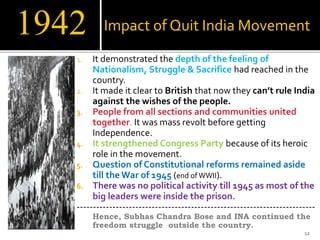
- The Quit India Movement, despite being short-lived, had a profound impact on the Indian populace. It fostered a greater sense of resilience and willingness to struggle and sacrifice among the people.
- The movement made it clear that British rule in India was becoming increasingly untenable. It marked a significant mass uprising with participation from people of all states, classes, castes, sexes, and creeds.
- The Congress Socialist Party gained strength from the movement, with its leader, Jai Prakash Narayan, emerging as a legendary figure. The party continued its activities underground after the movement was suppressed.
- Following the suppression, there was a lull in political activity until the end of the Second World War, primarily due to the arrest of prominent leaders who could have provided guidance.
Additionally, the Quit India Movement coincided with efforts by the Indian National Army under Subhas Chandra Bose, seeking cooperation with Germany and Japan to achieve India’s long-awaited independence.
|
28 videos|103 docs|27 tests
|
FAQs on Revision Notes: Quit India Movement - History and Civics Class 10 ICSE
| 1. What was the main objective of the Quit India Movement? |  |
| 2. What were the key events leading up to the Quit India Movement? |  |
| 3. Why did the Cripps Mission fail? |  |
| 4. What was the impact of the Quit India Movement on India's struggle for independence? |  |
| 5. How did the Japanese threat influence the Quit India Movement? |  |





















